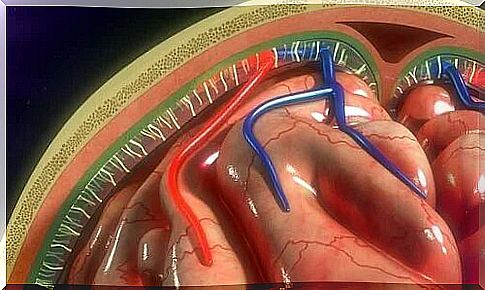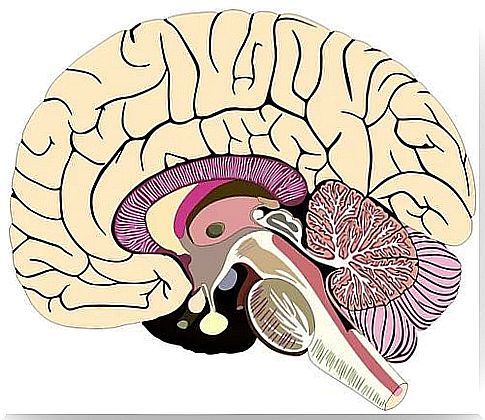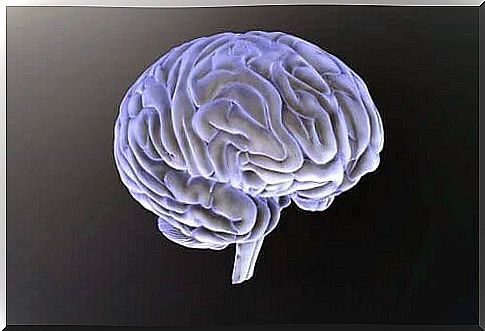Meninges: Structure And Functions

The brain is surrounded by three membrane-like layers: the meninges, also called meninges. Specifically, these are the dura mater, the arachnoid and the pia mater. The junction of the last two, the pia mater and the arachnoid, forms the leptomeninx. The dura mater corresponds to the pachymeninx.
The main function of the meninges is to protect the brain. The brain is a very sensitive organ that needs special protection that no other organ enjoys. This happens through the meninges.
The meninges develop from a precursor layer called the primitive meninges. This consists of elements derived from the mesoderm and the neural crest. It is divided into two different layers: an internal endomeninx and an external ectomeninx. The endomeninx is divided into the arachnoid and pia mater and arises from both the mesoderm and the ectoderm. The ectomeninx forms the dura mater and is derived exclusively from the mesoderm.

Structure of the meninges
The dura mater
This is the outermost layer. The dura mater itself consists of two layers: The first, the outer layer, corresponds to the periosteum of the skull bones and contains blood vessels and nerves. It is attached to the inside of the skull, with the connections in the area of the seams and the base of the skull being particularly strong.
The deeper layer of the dura mater is called the meningeal layer. This layer is responsible for creating indentations that divide the brain into individual sections. Among these divisions, falx cerebri and the tentorium cerebelli or cerebellar tent are to be emphasized.
The boundary between the periosteal dura and the meningeal layer is only evident where they diverge to form the sinus durae matris. The layers can be distinguished histologically in that the meningeal layer has fewer fibroblasts and proportionally less collagen.
Arachnoid or spider skin
The arachnoid is the middle of the meninges. Below it is the subarachnoid space, which in turn contains the cerebrospinal fluid, the liquor. The height of the subarachnoid space varies depending on the local expression of the arachnoid and pia mater.
The arachnoid also consists of two different layers of cells. The arachnoid barrier layer is adjacent to the dura mater. This layer is full of cells that are closely connected by numerous desmosomes and other bonds. These give the layer a barrier function that prevents the liquor from penetrating.
The reticular arachnoid is located deep in the arachnoid. The cells in this layer unite the subarachnoid space with the pia mater. They also enclose the blood vessels that run through it.
The arachnoid villi should also be mentioned. These are microscopic structures that play an important role in the absorption of the CSF. The mechanism is not yet fully understood, but it is believed that the arachnoid villi play a role as a regulator of CSF volume.
Pia mater
The pia mater is the innermost part of the meninges. It is a delicate, well-vascularized connective tissue structure that surrounds and protects the brain. It consists of a continuous layer of cells that are firmly attached to the surface of the brain and plunge into furrows and crevices of the same. The cells are connected by desmosomes and gap junctions so that this layer can also fulfill a barrier function.

Virchow Robin rooms
The Virchow-Robin spaces are spaces around the vessels, i.e. perivascular spaces that surround the small arteries and arterioles. They penetrate the surface of the brain and extend into the subarachnoid space.
It has been shown that these spaces become larger and larger with increasing age, without any apparent loss of cognitive function being associated with them. However, the expansion of these spaces has also been linked to pathologies such as hypertension, neuropsychiatric disorders, and multiple sclerosis.
We should all have a basic understanding of the structure and functions of the meninges: These make it easier for us to understand, recognize and prevent pathologies related to the meninges. The most common disease of the meninges is inflammatory in nature and is called meningitis.









